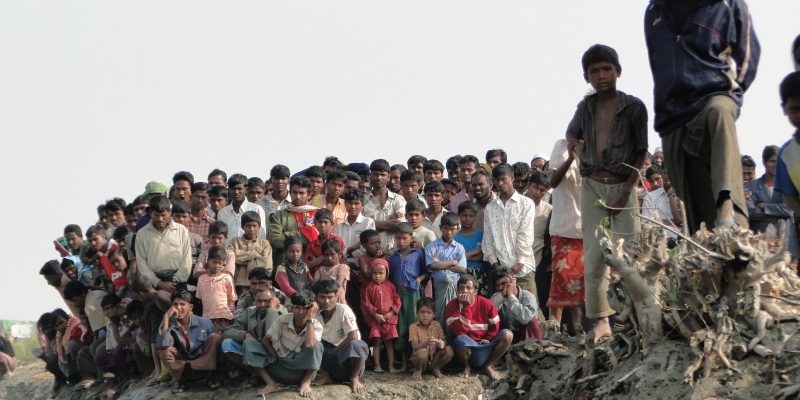1.The arrivals from Libya that Minniti cannot stop
What is going on in Libya? By August, it seemed that the flow of migrants at all but stopped, but over 2,000 arrived in Italy between September 16th and 18th alone. Lorenzo Bagnoli explained in Lettera 43 what is happening in the country, and why the Minniti plan is not the definitive solution, as the government would have us believe. Also read this report by Francesca Mannocchi.
2. Why it is important to count deaths at sea
Meanwhile, one consequence of Italian and EU policies in the Mediterranean is that more and more migrants are dying at sea. The latest shipwreck occurred only a few days ago off the town of Sabratha: the boat was adrift for a week until it eventually sank, leaving about 100 missing. In the New York Times, Declan Walsh and Jason Horowitz wonder about the costs of Italy’s stalling tactics, while Luca Misculin explains in Il Post how difficult it is to count those dead at sea.
Also read the recent IOM report on the need to improve the collection of data on death and disappearances, as well as our own in-depth analysis on the real reasons and consequences of Libya’s block of migrants.
3. The dangers of the Black Sea route
There has been an alarming rise in migrant boats attempting to cross the Black Sea (ten times as dangerous as the Mediterranean, according to experts): read the article by Ance Teodorescu and Mihala Rodina for AFP and Euractiv, Kit Gillet’s report in the Guardian and latest updates in Al Jazeera on the shipwreck that took the lives of dozens.
4. Fewer arrivals, more deaths, even in Mexico
Border deaths persist even as the number of border crossings is falling. It is happening now in the Mediterranean, it has been happening for a long time in Mexico: read the in-depth analysis in Pro Publica on how the US policies are driving migrants into more dangerous crossing areas.
5. The limbo of asylum seekers in Europe
Out of 2.2 million people who sought asylum in Europe in 2015 and 2016, more than half had their decisions still pending as of December 31, 2016. These new Pew Research Center estimates describe the limbo of Europe’s asylum applicants through data.
6. The New York declaration on refugees, a year on
A year has gone by since the UN Summit on the “refugee crisis” and the New York declaration on refugees. What progress has been made during these twelve months toward implementing an action plan that will provide an adequate response to migration? Read the article by Jeff Crisp in Refugees Deeply.
7. What’s behind the ethnic cleansing of the Rohingya
A tragic ethnic cleansing is taking place in Myanmar. Hate directed at the Rohingya minority has deep roots, but the hate speech amplified by the mainstream and social media over the last few years has also played a significant role, Alan Davis explains in Refugees Deeply.
Also read Michael H. Fuchs’s piece in Foreign Policy and Tim Hume’s article in Vice News, as well as the testimonies gathered by Peter Bouckaert of Human Rights Watch.
8. Why we need to talk about the refugees from North Korea
Following Trump’s first speech before the UN, there has been a lot of discussion lately about North Korea. While the international community is very much alive to the threat of Pyongyang’s nuclear tests, little is being said about something just as alarming: Human Rights Watch’s Phil Robertson wrote in Refugees Deeply about the plight of Korean refugees who are facing deportation (and a death sentence) in China.
9. Citizenship for sale to Chinese millionaires
Speaking about China: it’s not only “ordinary” asylum seekers are trying to leave the country (and arriving to Italy in increasingly higher numbers): Tian Fangmeng in-depth article for Migration Policy explores the little known phenomenon of Chinese millionaires paying to emigrate to America.
10. Rebuilding life after Syria
Tales of Syrian women who have lost everything, including their husbands and children, and are trying against all odds to build a new life in Jordan. Read the article by Sarah Aziza on The Intercept, and revisit our report by Sara Manisera on the Syrian women in Kurdistan.
Bonus. Stories behind a line
Tales of migrants travelling to Italy, told through an interactive data visualisation: see “Stories behind a line” by Federica Fragapane with Alex Piacentini, a great, humane data journalism project that is worth exploring.
Translation by Francesco Graziosi.
Header photo: Rohingya in Birmania – via European Commission DG Echo.









